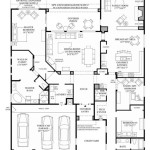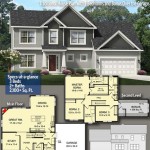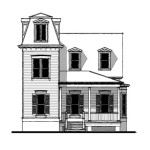What Scale Is Commonly Used For House Plans?
When it comes to house plans, the scale is an important factor to consider. The scale of a house plan refers to the ratio between the size of the plan and the size of the actual house. This ratio is expressed as a fraction, such as 1/4 inch = 1 foot. The most common scale used for house plans is 1/4 inch = 1 foot, which means that 1/4 inch on the plan represents 1 foot in the actual house. This scale is popular because it is easy to understand and use, and it provides a good level of detail for most purposes.
Other scales that are sometimes used for house plans include 1/8 inch = 1 foot and 1/2 inch = 1 foot. The 1/8 inch = 1 foot scale is more detailed than the 1/4 inch = 1 foot scale, and it is often used for larger houses or for plans that require more detail. The 1/2 inch = 1 foot scale is less detailed than the 1/4 inch = 1 foot scale, and it is often used for smaller houses or for plans that do not require as much detail.
When choosing a scale for your house plans, it is important to consider the purpose of the plans. If you are simply looking for a general overview of the house, then a smaller scale, such as 1/8 inch = 1 foot, may be sufficient. However, if you are planning to use the plans for construction, then you will need to use a larger scale, such as 1/4 inch = 1 foot or 1/2 inch = 1 foot, to ensure that the plans are accurate.
No matter what scale you choose, it is important to be consistent throughout the entire set of plans. This will help to ensure that the plans are easy to understand and use, and it will help to avoid any confusion during construction.
In addition to the scale, there are a few other things to keep in mind when creating house plans. These include:
- The overall size of the house
- The number of rooms and their sizes
- The layout of the house
- The style of the house
By taking all of these factors into account, you can create house plans that are both accurate and functional.

How To Read A House Floor Plans Happho

Convert Scale Measurements Into Real Life House Plan With Grid

House Plan With Internal Dimensions No Scale 4 The Information Scientific Diagram

Floor Plan Wikipedia

Rapiddesign 1 8 Scale House Plan Fixtures Template 22ra

A Floor Plans Of The Case Study Building With Scale 1 50 Scientific Diagram

Understanding Scale In Architectural Design

Floor Plan For A Small House 1 150 Sf With 3 Bedrooms And 2 Black White Architectural Of Lay Drawing Plans Free

Floor Plan In Microsoft Word Using Easy Measurement And Scaling Technique

Rapiddesign½ Scale House Plan Fixtures Template 22rb
Related Posts








